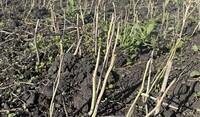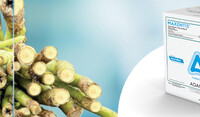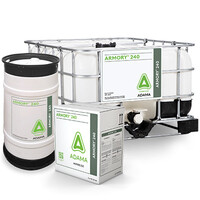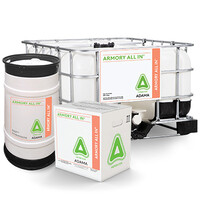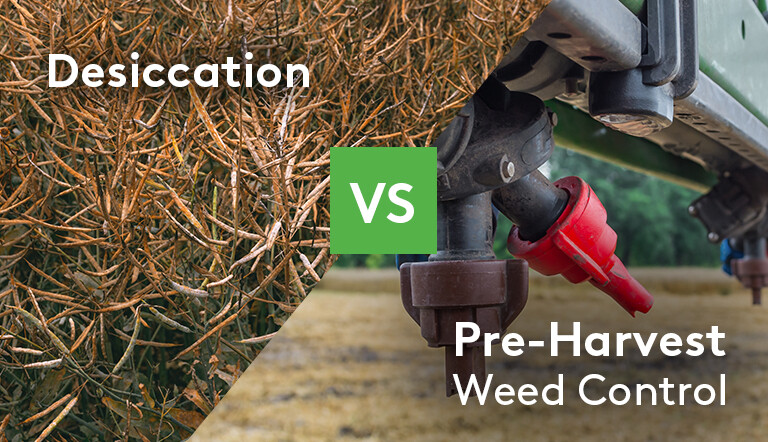
Desiccation vs. Pre-Harvest Weed Control

Desiccation is the application of a herbicide to speed up and even out crop drydown, often using a contact herbicide such as diquat. Its secondary benefit is green weed drydown, but this is not the primary purpose.
Pre-harvest weed control is the application of a herbicide with the primary goal of reducing seed banks and controlling perennial and annual weeds before harvest, and not necessarily to drydown the crop. This application is best suited for fields where long-term weed reduction is needed.
It’s important to follow pre-harvest intervals when applying products for desiccation or pre-harvest weed control and abide the maximum residue limits set by the Pest Management Regulatory Agency.
Timing is Important
Applying a desiccant or pre-harvest herbicide can boost ROI by increasing the quality of the standing crop. It can result in less bleaching, less weed seeds in a grain sample and more consistent moisture across the field.
However, it’s extremely important to pay attention to application timing. Each crop and product can have specific timing needs. Always follow label guidelines and recommendations.
Desiccants such as diquat (like ARMORY® 240 and ARMORY ALL IN™) act fast, drying down crops and allowing harvest to take place just 4-10 days after application.
With pre-harvest weed control, using glyphosate is slower and can take weeks to harvest.
If timing of the application of a desiccant or pre-harvest herbicide is off, it can negatively affect ROI by locking in green seeds (the environment must allow for maturity before application), delaying harvest timing and increasing chances of bleaching.
Germination Risk
Diquat is a contact herbicide and therefore does not translocate through the plant. It desiccates cells rapidly, typically within hours of application, without affecting seed germination.
Using glyphosate for pre-harvest weed control, on the other hand, can inhibit seed germination. If a plant is still filling seed or at all immature at the time of application, the systemic active can translocate to the seed tissue and interfere with its development.
To avoid hindering germination, only apply when the crop has reached physiological maturity. However, never apply glyphosate to crops that are intended for seed and always follow pre-harvest interval guidelines on the label.
Choosing Products
As mentioned, diquat-based desiccants are effective for pre-harvest drydown, like ADAMA’s ARMORY® 240 or ARMORY ALL IN™.
If you have any questions about booking or choosing products for desiccation, reach out to your local ADAMA rep!
References:
Canola Council of Canada. (2020, August 12). Pre‑harvest products (“aids”) and how to use them. Canola Watch. Canola Council of Canada. Retrieved August 1, 2025, from https://www.canolacouncil.org/canola-watch/2020/08/12/pre-harvest-products-aids-and-how-to-use-them/
Keep It Clean. (2025). Pre-harvest staging guide. Cereals Canada. https://www.keepitclean.ca
Barker, B. (May 2010). Desiccation or preharvest weed control? Top Crop Manager. Retrieved August 1, 2025, from https://www.topcropmanager.com/desiccation-or-preharvest-weed-control-5140/
Reitsma, K. D., Clay, D. E., & Thaler, K. (2015). Glyphosate and pre-harvest weed control: Impacts on seed germination and quality (ExEx8164). South Dakota State University, SDSU Extension. https://openprairie.sdstate.edu/extension_fact/153/
Saskatchewan Ministry of Agriculture. (2024). Pre-harvest herbicide staging and application. Government of Saskatchewan. https://www.saskatchewan.ca
Saskatchewan Pulse Growers. (n.d.). Harvest aid options for pulses. Saskatchewan Pulse Growers. Retrieved August 1, 2025, from https://saskpulse.com/resources/harvest-aid-options-for-pulses/
